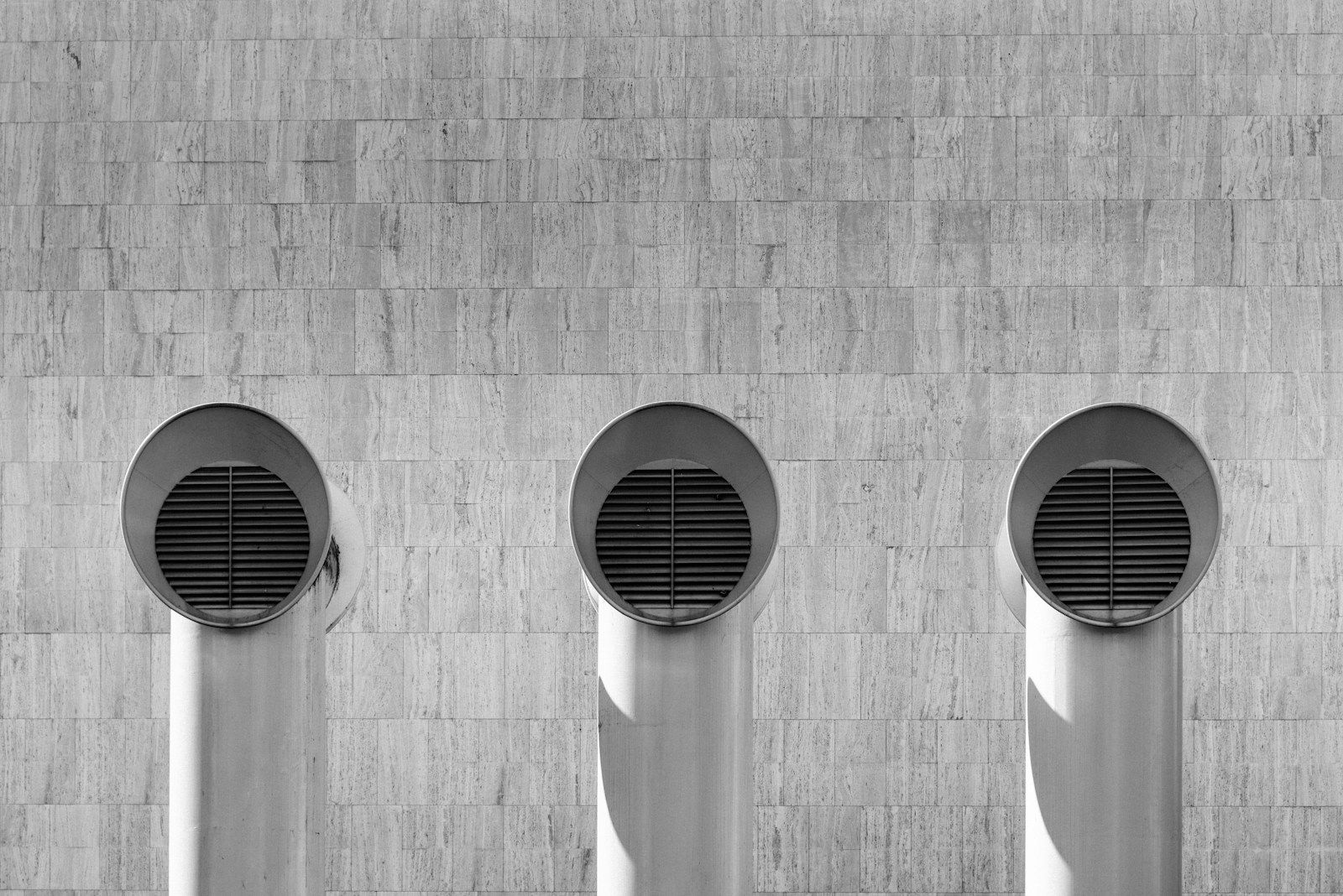Choosing the right size air conditioner (AC) for your home is essential for both comfort and energy efficiency. An AC unit that is too small will struggle to cool your home effectively, while one that is too large will cycle on and off too frequently, leading to higher energy bills and potential wear on the system. To determine the appropriate size for your air conditioning unit, several important factors must be considered, including square footage, insulation, climate, ceiling height, and the number of windows and occupants.
Understanding AC Size: BTUs and Tons
Air conditioners are typically sized in British Thermal Units (BTUs) or tons. One ton equals 12,000 BTUs per hour. The BTU rating indicates how much heat the unit can remove from the air per hour. As a general rule of thumb, a typical home requires about 20 BTUs per square foot of living space. However, this is just a starting point; the actual requirement may be higher or lower depending on other factors. AC repair in Ogden, Utah can help.
Calculating the Right Size
To get a rough estimate of the AC size you need, first measure the square footage of your home or the room you want to cool. For example, a 1,500-square-foot home generally requires an AC unit of about 30,000 BTUs, or 2.5 tons. However, this estimate may change based on several variables:
- Climate Zone: Homes in hotter climates like Arizona or Texas will need more cooling power compared to those in milder regions like Oregon or Maine.
- Insulation and Windows: Well-insulated homes with energy-efficient windows retain cool air better, requiring less AC power. On the other hand, older homes with poor insulation may need a larger unit.
- Ceiling Height: Higher ceilings increase the volume of space that needs to be cooled, which may necessitate a larger AC.
- Sun Exposure: Rooms with many windows or those facing direct sunlight during the day may heat up more and require additional cooling.
- Number of Occupants and Appliances: More people and electronic appliances generate more heat, affecting the cooling requirement.
The Importance of a Professional Load Calculation
While online calculators can give you a ballpark figure, the best way to ensure you get the right AC size is to have a professional perform a Manual J load calculation. This detailed process evaluates all the variables mentioned above and provides a highly accurate recommendation.
Consequences of Improper Sizing
Installing an undersized AC unit can lead to inadequate cooling, higher energy bills, and constant running, which wears the system out faster. An oversized unit may cool the space too quickly without removing enough humidity, leading to a cold but clammy indoor environment. It also tends to short-cycle, which reduces efficiency and lifespan.
Selecting the right size air conditioner for your home is not just about square footage—it’s about understanding the full picture of your home’s cooling needs. Considering factors like insulation, sunlight, climate, and occupancy is crucial. Consulting with an HVAC professional is the best way to ensure you install a system that will keep you cool, comfortable, and energy-efficient for years to come.
